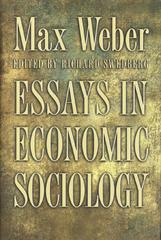Answered step by step
Verified Expert Solution
Question
1 Approved Answer
(b) Consider an agent who has to choose how many donuts to eat. He exhibits the choices C({1, 2}) = {1, 2} and C({1, 2,
(b) Consider an agent who has to choose how many donuts to eat. He exhibits the choices
C({1, 2}) = {1, 2} and C({1, 2, 3}) = {2, 3}.
Can these choices be explained by (i) maximization of a completee and transitive preference? (ii) satisficing? (iii) regret aversion?
Step by Step Solution
There are 3 Steps involved in it
Step: 1

Get Instant Access to Expert-Tailored Solutions
See step-by-step solutions with expert insights and AI powered tools for academic success
Step: 2

Step: 3

Ace Your Homework with AI
Get the answers you need in no time with our AI-driven, step-by-step assistance
Get Started


